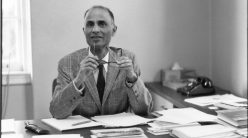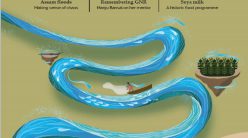A look at the various ways in which scientific research and its history are preserved
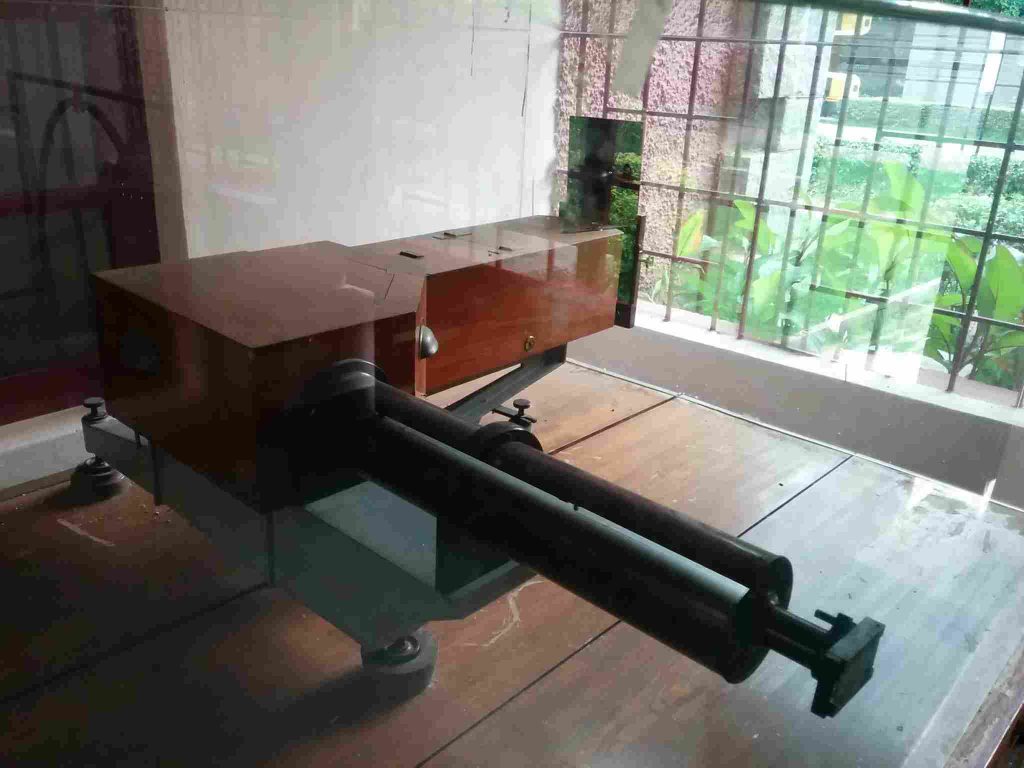
September 1921. Somewhere on the Mediterranean Sea. Indian physicist CV Raman, sailing from England to Bombay, was pondering over the vivid blue of the water. Lord Rayleigh’s explanation that it was so because of the blue sky above it, didn’t seem convincing. He had a few simple optical instruments with him, and examined the water. The liquid molecules, like air, seemed to be scattering light too, he realised.
Raman reached India and rushed to his lab in Calcutta University, where he began to build an instrument to study scattering of light in liquids. It came to be known as the Raman spectrograph, where he obtained the first spectrum of light being scattered by liquids in 1928.
Looking at a replica of this instrument today, in Bangalore, as it lies in repose in a glass case, it’s hard to imagine that this wooden contraption explained the blueness of oceans. Raman breathed his last in 1970, but his scientific pursuits rest in posterity along with the works of Johannes Kepler, CNR Rao and countless other scientists in the growing science archives of Bangalore.
Stories of people and events endure because of storytellers, and an archive is a most meticulous collector of tales. It serves both as a protector and preserver, collecting stories as assiduously as a bee collects pollen, where each grain is an archival record. A science archive is specialised: it harvests records to reconstruct scientific history.
“A science archive is a place where you can preserve not just documents about the history of the institute, but also records of past projects, scientists and processes,” says Arun Mangalam, chair of the Theory group at the Indian Institute of Astrophysics (IIA) and a faculty supervisor for the archival work at the institute. “The archival space is essentially about the survival of ideas.”
An archive collects, documents, organises and preserves anything that has something to narrate about the past, but the value of the tale is a decision of both foresight and hindsight for the archivist. The archives at the National Centre for Biological Sciences (NCBS) offers an idea about that value in its mission statement. “An archival record is a fragment of a story. The narratives of our lives give rise to these things we call collections, manuscripts, oral history interviews, each an abstract item sitting in the physical and digital shelves of an archive. We keep that in mind when we look for archival material. Every person has many stories, and every story has many people,” it reads.
Venkat Srinivasan, archivist at NCBS, adds, “An archive allows us to discover these stories. And narrate them. If we know where we’ve come from, it can tell us where to go ahead.”
So when does an archive, and its stories, begin? For the Indian Institute of Astrophysics (IIA), its archives began when the Institute was bequeathed 600 years’ worth of history. “Our Institute’s scientific research technically began in the Madras and Kodaikanal observatories. IIA naturally inherited their library and records, which go back to 1786,” says Mangalam.
Their oldest documents include handwritten manuscripts of the Madras Observatory 1792 Annual Report, and a copy of Johannes Kepler’s Astronomia Nova, first published in 1609. Mangalam is hard put to say which of their records are the rarest and most precious. “There are the papers about the discovery of helium by NR Pogson, a past director and an astronomer. There are documents detailing the Evershed effect (radial flow of Sunspots from the inner edge of the Sun to the outer edge). There are calculations about various eclipses. You can’t really pick,” he muses.
IIA acquired these priceless records and archived them in the 2000s. Around the same time, other institutes in the city were taking similar steps. While most science institutes in the city have their own repositories of past research publications, it is only in recent years that there seems to have been an archival awakening of sorts. Though their archives were set up at around the same time, their origins had different triggers.
While most science institutes in the city have their own repositories of past research publications, it is only in recent years that there seems to have been an archival awakening of sorts
For the archives at the Indian Institute of Science (IISc), nostalgia reportedly beckoned on the eve of the Institute’s centenary year in 2009. For Raman Research Institute (RRI), it was motivated by the availability of archival software in 2006.
When one walks into an archive for the first time, the first question that strikes us is: Is this some kind of museum of old papers? The difference between a museum and an archive lies in its storytelling method. “A museum can be interactive and it can be static: just a straightforward display of artefacts. An archive necessarily has to be interactive in nature,” Sowmithri Ranganathan, who was with the IISc archives from 2011 to 2017, explains.
A museum displays, a repository collects, an archive narrates.
The archive at IISc, at first, doesn’t seem to be much of a storyteller. Its 108-year-old chronicles lie sorted and protected in a small, air-conditioned room in the Archives and Publications Cell (APC) on campus. Documents, many of which are older than a century, are snug in red and white acrylic boxes, and the room is closed off from dust and heat. Many of these boxes also contain photographs of people, some identified after painstaking efforts, and others unknown still.
Raman’s spectrograph is too big to ft in these boxes, and there are no documents about its story. “You won’t fnd many people who could tell you about it,” the archives’ staff confesses.
But a clue to its history is illustrated on a photograph just 12 km away, in the archives of another distinguished scientist.
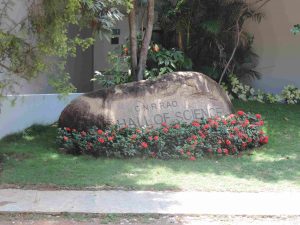
The CNR Rao archives, run by the eponymous Foundation and housed in the campus of the Jawaharlal Nehru Centre for Advanced Scientific Research, has a collection of the scientist’s numerous awards and honours. On one wall of the four-room archive is a photograph of Raman and his instrument, explaining its functioning. A small glass case near it contains a piece of the spectrograph.
It is in the RRI that its founder looms largest of all. The institute has its history sorted: Raman’s fascination with light and colour has been captured in the Rai Bahadur Bissessurlal Motilal Halwasiya Science Museum, and a digital archive has preserved the works of RRI’s other scientists.
The five-room museum, started soon after the institute was established in 1948, gleams with CV Raman’s collection of various rocks and gems, one of the largest by an individual.
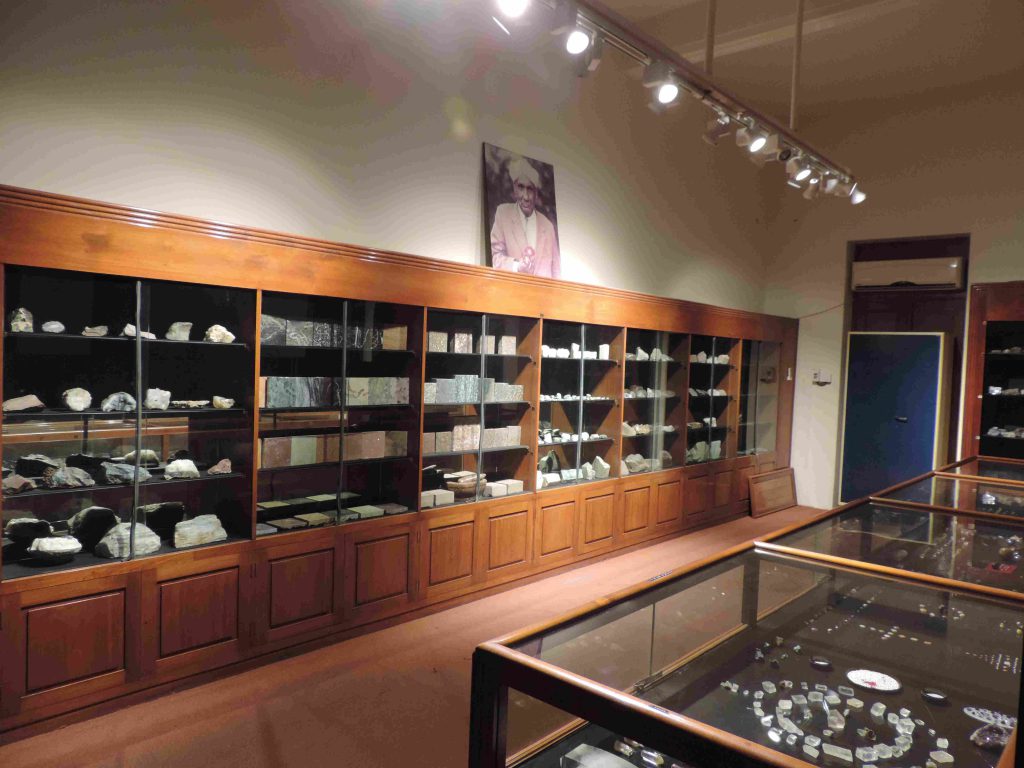
PF Sasikumar, retired from RRI and resident storyteller, proudly leads from rock-to-rock, room-to-room, narrating anecdotes of the time when Raman was still alive. His tour of the museum, however, begins with a question. “Have you seen the plaque outside? What does it say?” he enquires.
If you have managed to remember the mouthful that is the museum’s name, he’ll beam. If not, no matter. He tells the story anyway.
“There was a halwai who sold his sweets and even begged to collect the funds for the museum. All he asked in return was his name on the plaque,” Sasikumar reveals.
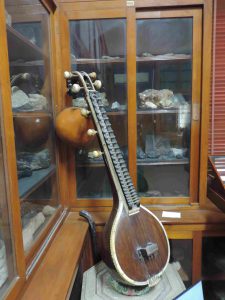
As the door to the museum opens, a quaint veena in the corner meets your eye. An odd instrument in a science museum, but it’s there for a reason, Sasikumar says. “It’s a replica of the veena that Raman’s mother used to play. When he was a child, Raman asked his father, as his mother played in the background, about why the notes from the instrument sound like a human voice. His father had no answer. But eventually, Raman discovered it himself,” he says, and pauses.
“With help from Hermann von Helmholtz and his resonance discoveries from a guitar,” Sasikumar finishes with a flourish. His memory, after 40 years at RRI, probably serves as a rich archive in itself.
Whether in a plaque, on a paper, or within a person, RRI is methodically preserving its history. Librarian BM Meera reveals that they are also planning to come up with an institutional archive in the next few years.
At the Indian Academy of Sciences (IASc), housed in the campus of RRI, a different kind of archival record preserves the voices of the past. Quite literally, through recorded oral history interviews of former scientists. The academy has its requisite repository of publications of IASc fellows, serving as an excellent source of research papers for students.
But through their oral history interviews, they have also preserved how a scientist sounds like.
“During CV Raman’s time, scientists worked a little differently than they do today. Through their lives, we have tried to capture what research and science used to be like in Bangalore in the past,” says G Chandramohan, executive secretary of The Academy Trust at IASc.
An oral history interview of Roddam Narasimha, an aerospace scientist and a past president of IASc, reveals the origins of Bangalore’s label as the science and engineering capital of the country. “I joined the Visvesvaraya College of Engineering (now known as Mysore University) in 1953. Even in those days, Bangalore’s colleges had a national reputation. This was primarily because of people like M Visvesvaraya [and the] Tatas who had started institutes to encourage research. The seeds of Bangalore’s fame as a science and engineering hub had already been sown,” he explains in the interview.
Narasimha’s chronicle includes another piece of crucial history. He talks about the day he visited IISc on one of the Institute’s annual Open Days and saw a Supermarine Spitfire aircraft parked near the Department of Aeronautical Engineering (now Aerospace Engineering). The British single-seat aircraft, first flown in 1939, had been widely used by the Allied countries in World War II. Narasimha’s Spitfire (reportedly loaned for the Open Day by the Indian Air Force) seems to have been a relic the British left behind, among other things.
A museum displays, a repository collects, an archive narrates
IISc is one of the many institutes in the country with a past rooted in days of the British rule. Knowledge is power, and the British, through meticulous documentation, steadily built their conquest.
The origins of the IIA are proof of this.
“IIA traces its beginning to the Madras Observatory established in 1792 by the British, who promptly published an annual report. It is one of our oldest records. Their primary aim was to get information for navigation purposes, and the earliest observations date back to 1787,” says Mangalam.
The message was clear, and quite literally, set in stone. A pier still stands at the observatory, bearing the inscription “Posterity may be informed a thousand years hence of the period when the mathematical sciences were frst planted by British Liberality in Asia.”
The pier is an example of a different kind of archival record, weathered but still standing in the full glare of the Sun, something that isn’t too good for a crumbling ancient manuscript. But it preserves a two-fold story: of an 18th century scientific method to map the transit of Jupiter’s satellites, among others, and of strategic psychological warfare. The inscription makes it clear: we do not acknowledge what has been there before we came.
We are the pioneers and liberators.
Their methodical documentation, regardless of the intent behind it, has a definite silver lining. A large proportion of archival records in Bangalore’s science archives date back to the colonial rule. Sowmithri Ranganathan experienced this while working in the IISc archives from 2011 to 2017.
“There are a lot of documents and papers from the pre-Independence era when IISc’s directors were British individuals. There are a lot of archival records from the last 20 years or so. But if you looked for material from the immediate post-Independence years, you won’t find quite as much,” she says.
Missing records is not the only problem an archive faces. Lack of a dedicated staff, limited knowledge about how to preserve of environmentally-sensitive documents and copyright issues are other hurdles. To overcome these, some archives, like those at RRI, have relied on their own staff. “We have done everything in-house. Our library staff has worked hard at collecting and organising archival records. Our technical staff helped us acquire and operate the archival software. Our self-sufficiency has fuelled every success,” beams Meera.
Other archives have relied on collaborations. “The archives at NCBS has an active internship programme with students from history, the basic sciences, education, design and journalism,” says Venkat Srinivasan. The reason behind this decision is explained in the archives’ mission statement, which says “For the archives to be continuously relevant, it has to listen to and speak to those who will be custodians in the next generation.”
The biggest challenge an archive faces, is, perhaps, the irony of its very process: the only person who can tell an archivist what each piece of old paper means is, in a lot of cases, dead.
An archive lies at the crossroads of time-travel: revisiting what has been before, make sense of its relevance today, so that the resultant story will have value in the future.
Renuka Kulkarni is a biology student and an aspiring writer based in Bangalore

